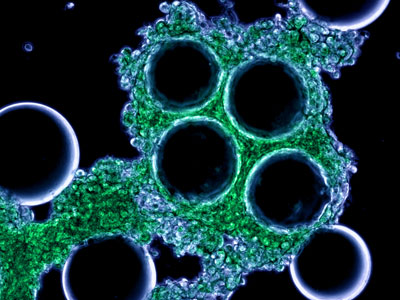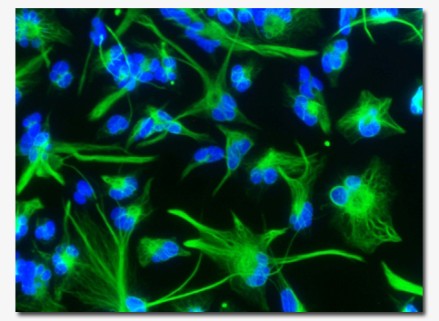stems cells
Politcal impact of stem cells
|
 It is possible that stems cells would be capable of repairing or replacing damaged tssue, therefore withdrawing diseases and injury. For instances, if heart muscles are damaged by a heart attack then it might be able to be replaced be new muscle cells. According to the scientists studying these diseases, Stem cell research has the ability to impact many different types of diseaes shuch as, Diabetes, Cancer, cardiovascular diseases, Alzhemiers, Parkinsons, Autoimmune diseases, burn victims, blood diseases, Leukemia and spinal injuries. It is estimated that stem cell research has the ability to help over 100 million Americans who suffer from thses and other types of diseases and injuries. Stems also would help with outside the body drug testing, and hopefully lead to a dramatic lessen in the need for drug testing in animals and humans.  |

